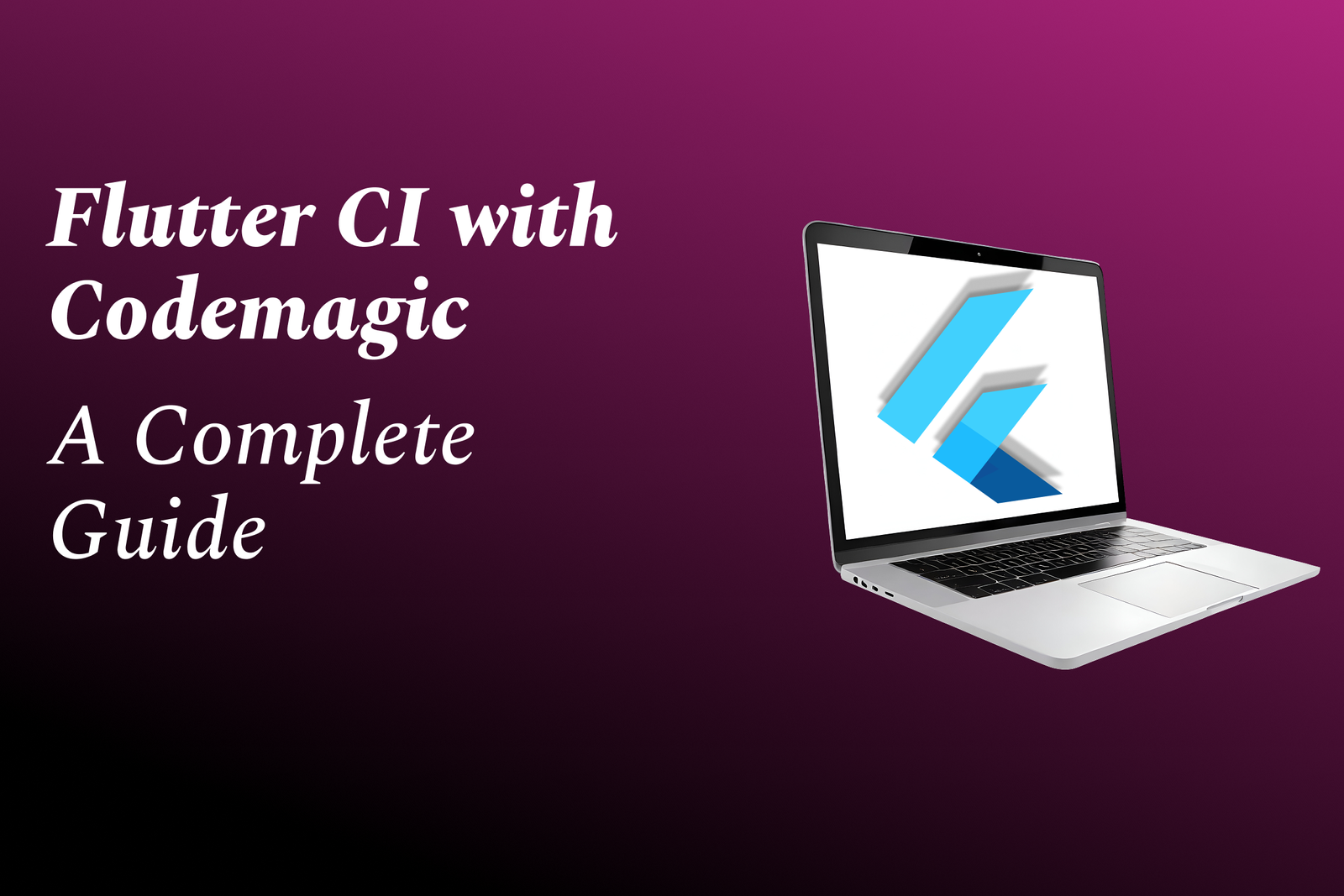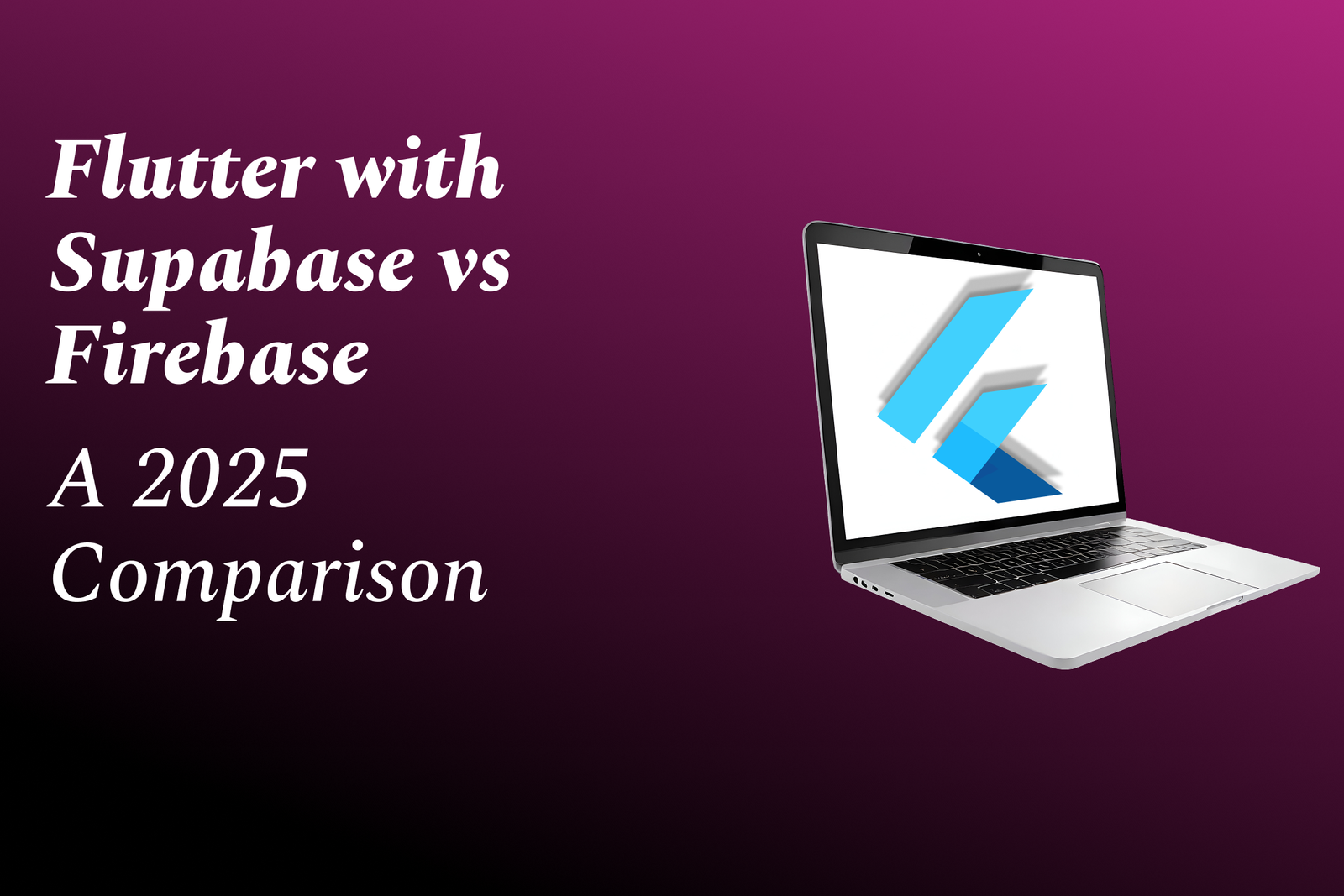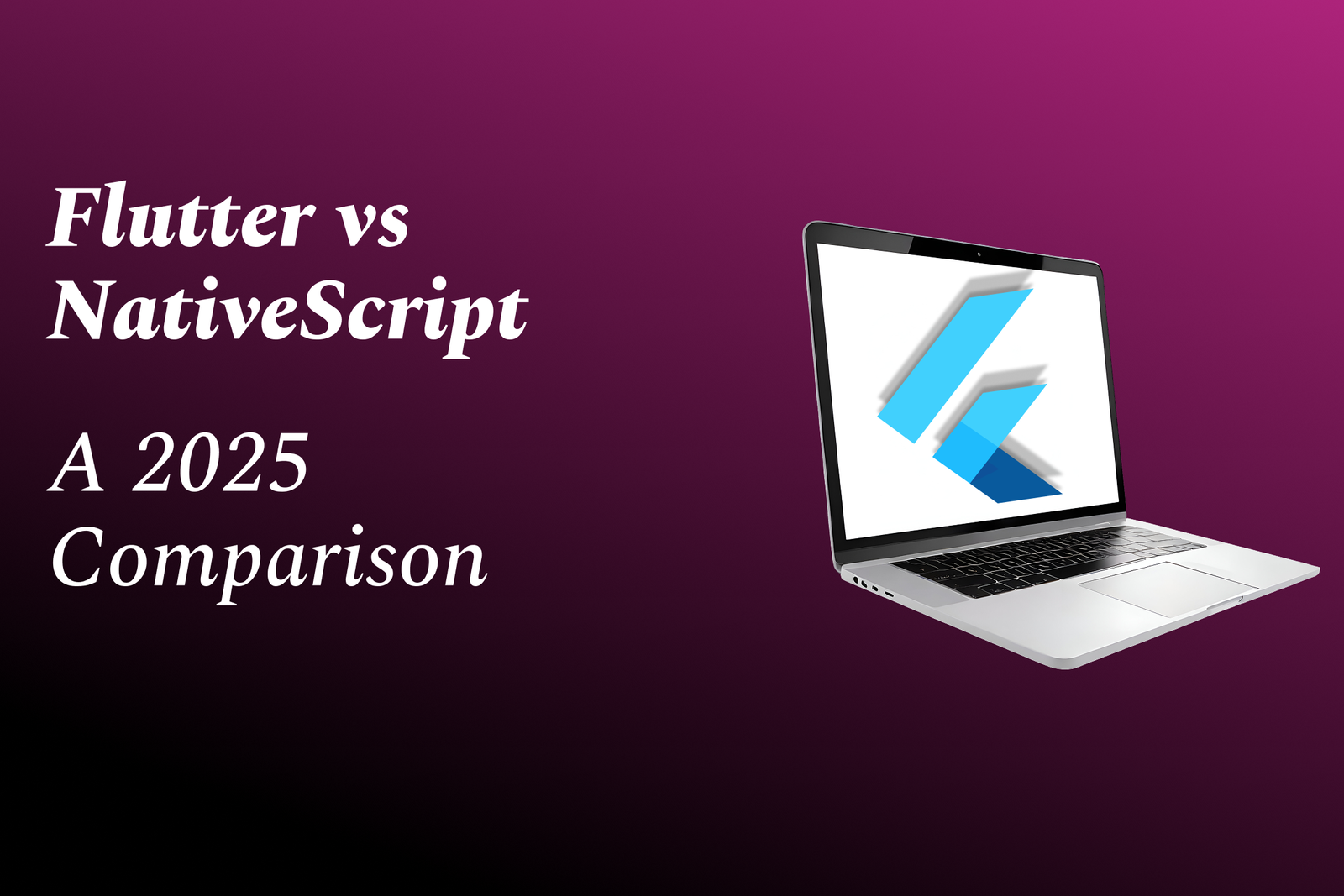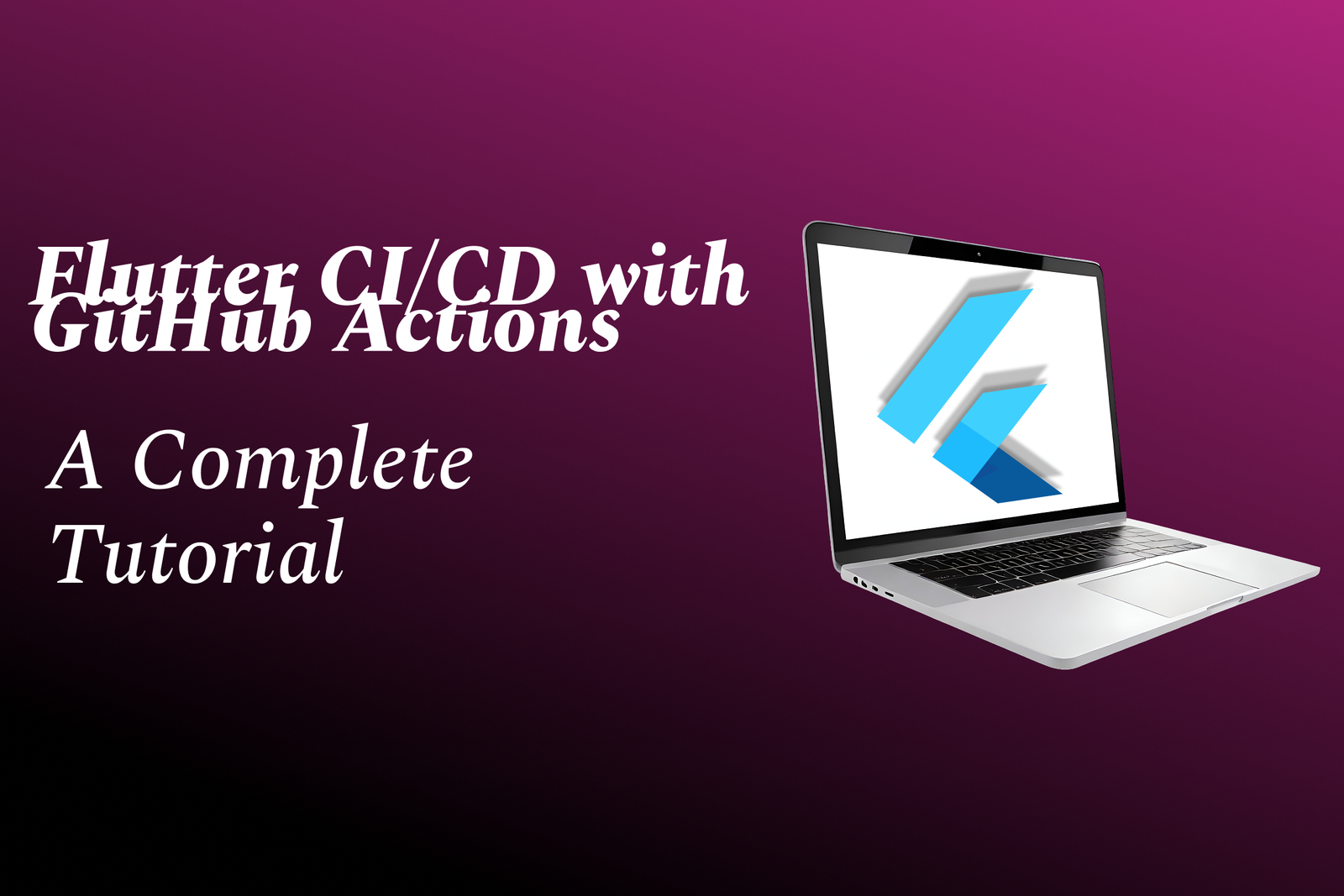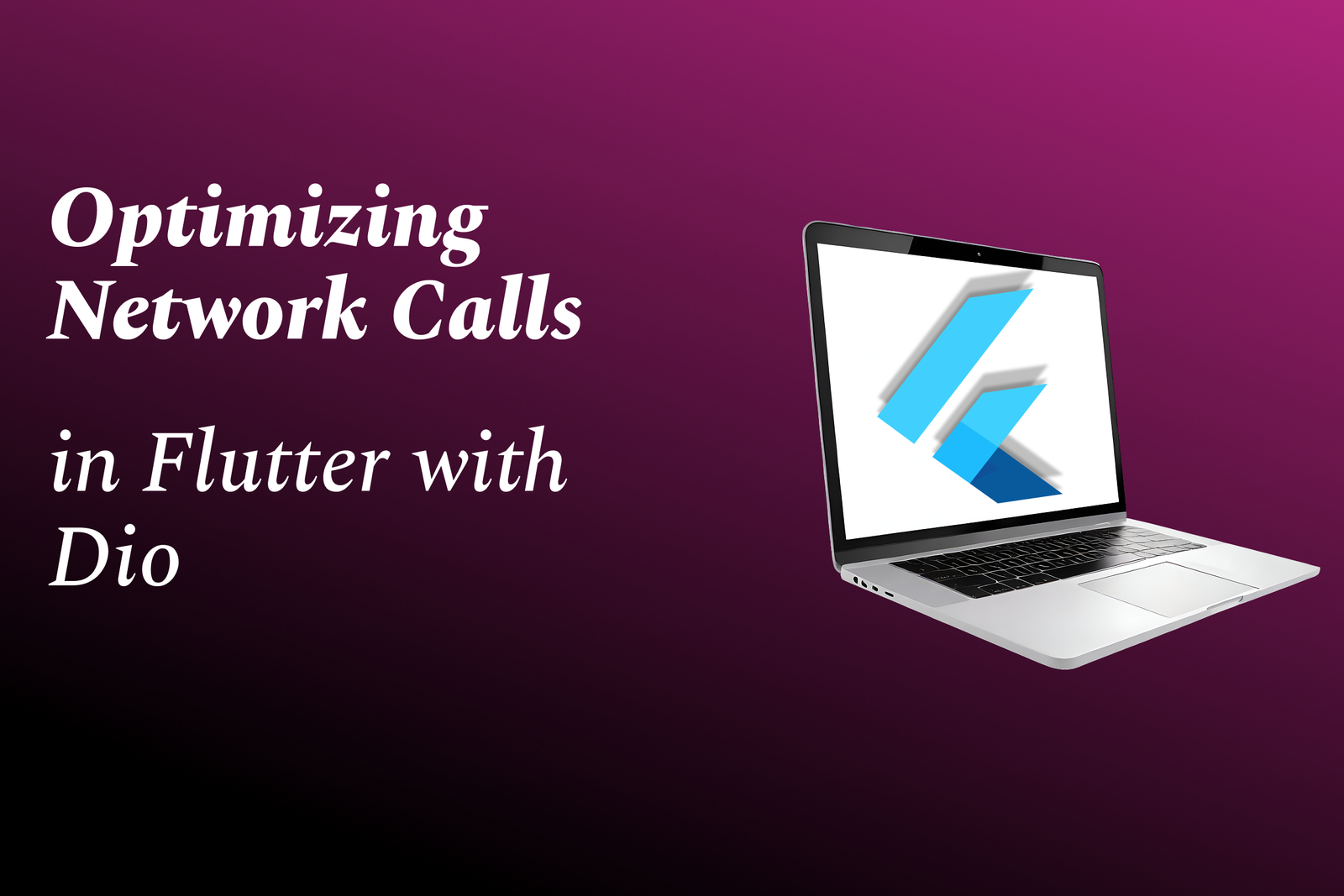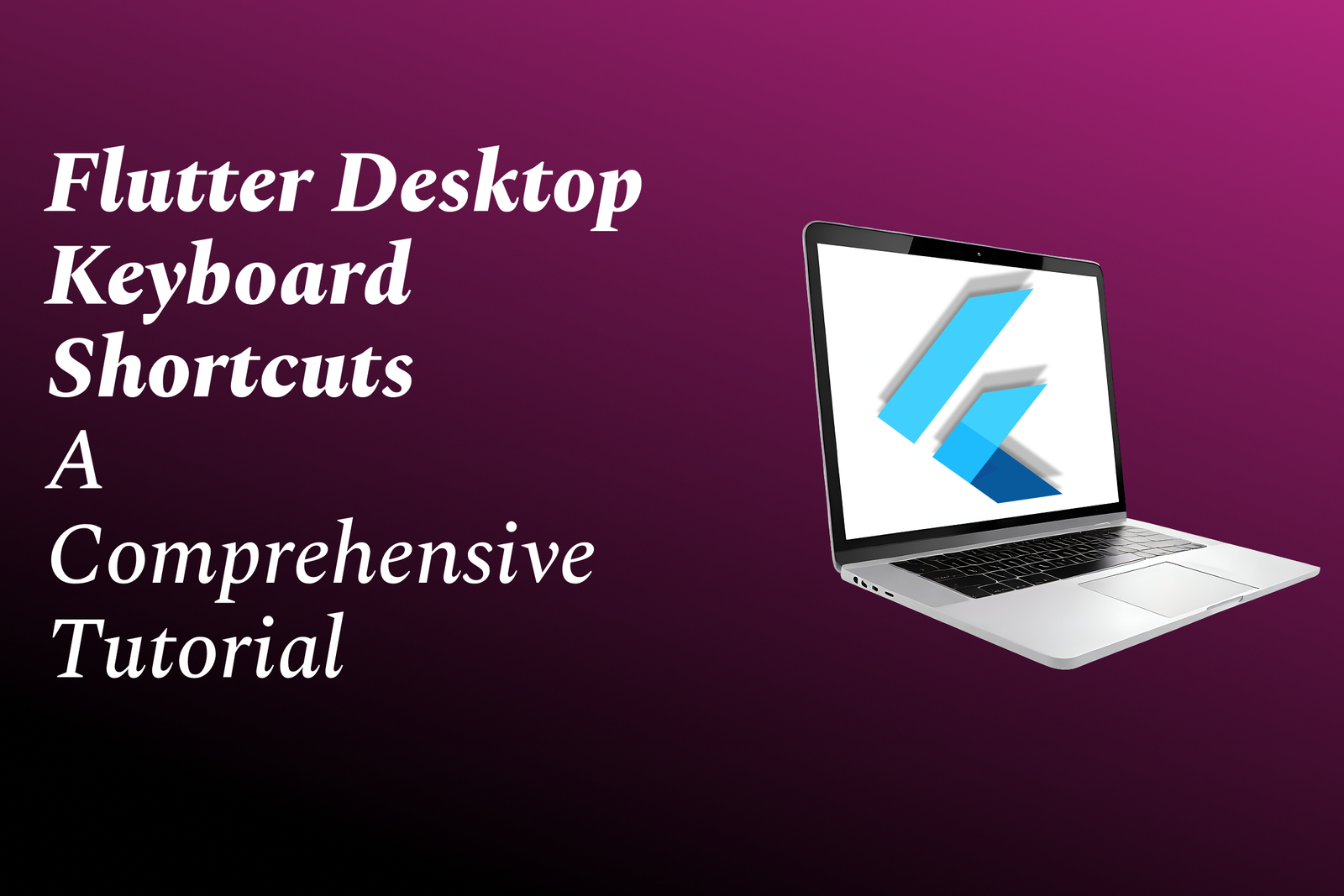Grails
The Pursuit of Perfection
Grails
Grails is an open-source web application framework that leverages the Groovy programming language and is built on top of the Spring framework. It follows the principles of convention over configuration and rapid application development, which allows developers to create robust applications with minimal boilerplate code. By integrating Hibernate for object-relational mapping and offering a powerful plugin ecosystem, Grails enhances productivity and facilitates scalable application development. The framework supports RESTful APIs and modern web technologies, making it a suitable choice for building web applications that require dynamic features and high developer efficiency. With its strong community support, Grails encourages best practices while streamlining the development process, making it popular among developers looking for an agile and expressive framework.
To Download Our Brochure: https://www.justacademy.co/download-brochure-for-free
Message us for more information: +91 9987184296
1 - Introduction to Grails: Grails is a powerful web application framework that leverages the Groovy programming language and the Spring framework, designed for building scalable and maintainable applications quickly.
2) Convention over Configuration: Grails follows the principle of “convention over configuration,” which allows developers to focus on application logic rather than repetitive setup configurations.
3) Rapid Development: Grails enables rapid development with its built in scaffolding tools that automatically create basic CRUD (Create, Read, Update, Delete) interfaces.
4) Groovy Language: Grails is built on Groovy, a dynamic language for the Java platform, which provides concise syntax and features like closures, making it easier for developers to write and read code.
5) Integration with Spring: As a Grails application is fundamentally a Spring application, developers can leverage the extensive ecosystem and capabilities of the Spring framework for dependency injection, transaction management, and more.
6) Plugins: Grails boasts a rich ecosystem of plugins that extend its core functionality, enabling developers to easily incorporate features like authentication, file uploads, and RESTful services.
7) Built in Testing Framework: Grails supports testing through its integrated testing framework, including Spock, enabling developers to write unit, integration, and functional tests easily.
8) RESTful API Support: Grails simplifies the creation of RESTful APIs, allowing developers to build web services that comply with REST principles and easily handle JSON and XML data formats.
9) GORM (Grails Object Relational Mapping): GORM acts as an abstraction layer for database interactions, allowing developers to work with databases using Groovy objects instead of traditional SQL queries.
10) Dynamic Runtime Capability: Grails applications come with dynamic runtime capabilities, enabling developers to modify and inspect classes at runtime, which is useful for rapid prototyping.
11) Scalability: Grails applications can be scaled horizontally or vertically, making it suitable for both small projects and large enterprise applications.
12) Full Stack Framework: Grails serves as a full stack framework, providing tools and libraries for the front end (HTML, CSS, JavaScript) and back end development, resulting in a unified development experience.
13) Modern MVC Architecture: Grails follows the Model View Controller (MVC) architectural pattern, promoting separation of concerns and making the codebase more manageable.
14) Community Support: Grails is backed by an active community, providing access to documentation, tutorials, and forums, which support developers in solving challenges they may encounter.
15) Cloud Integration: Grails is compatible with cloud platforms like AWS and Heroku, facilitating the deployment of applications in cloud environments to enhance accessibility and reliability.
16) Microservices Architecture: Grails supports the development of microservices, allowing developers to build small, independently deployable services that can communicate over a network, enhancing modularity.
17) Security Features: Grails includes built in security features, enabling developers to implement authentication and authorization with minimal effort by leveraging Spring Security.
18) Asynchronous Programming Support: Grails provides support for asynchronous programming, allowing developers to write non blocking code that can improve performance in I/O intensive applications.
19) Comprehensive Documentation: Grails comes with extensive documentation and learning resources, making it easier for beginners to understand its concepts and features.
20) Industries and Use Cases: Grails is used in various industries, ranging from startups to enterprises, and is particularly popular for developing web applications, APIs, and applications that require rapid iteration and changes.
These points should help provide a comprehensive overview of Grails to students during your training program!
Browse our course links : https://www.justacademy.co/all-courses
To Join our FREE DEMO Session: Click Here
Contact Us for more info:
machine learning for trading
Flutter Training in Kapurthala
foundations of machine learning
Java class loading mechanism
java training institute in marathahalli


